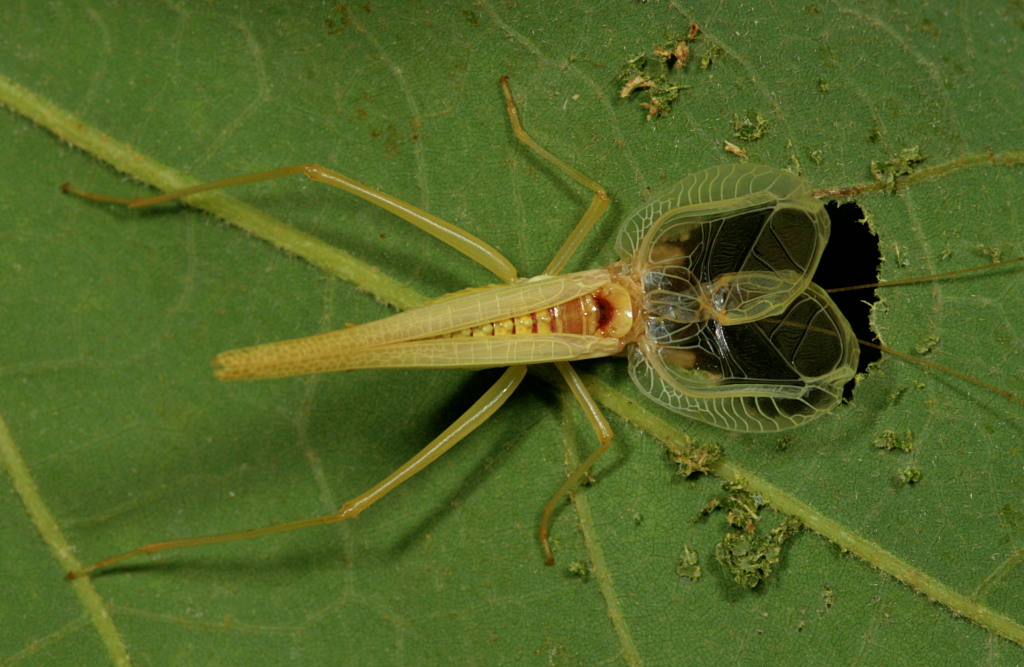Step outside on a warm summer evening and you’ll hear it – nature’s greatest symphony playing all around you. The crickets chirping their rhythmic melodies, the cicadas buzzing their electric songs, and countless other tiny performers creating a soundscape that rivals any human orchestra. These insect musicians have been perfecting their craft for millions of years, developing instruments and techniques that would make any composer envious.
The Cricket’s Violin: Nature’s String Section
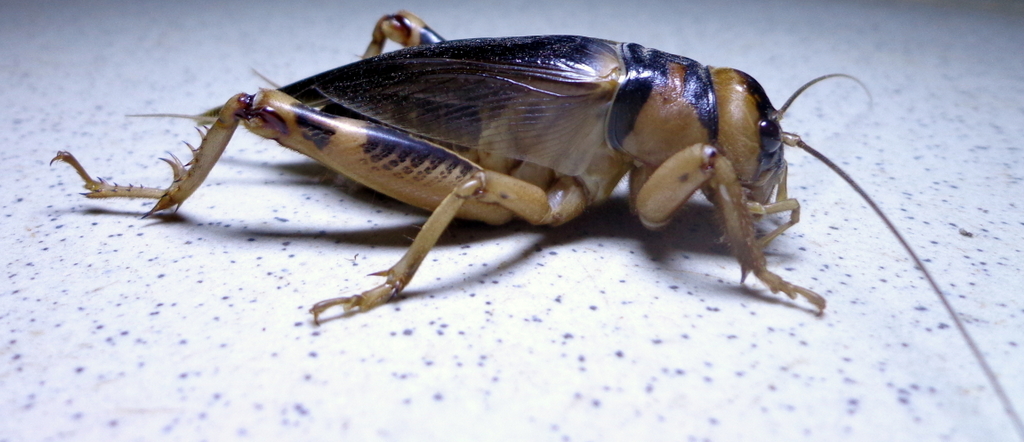
Crickets might be the most famous insect musicians, and for good reason. These small performers create their signature chirping sound through a process called stridulation, which works remarkably like playing a violin. Male crickets possess specialized structures on their wings – one wing has a scraper called a plectrum, while the other has a file-like ridge called a stridulatory vein.
When a cricket wants to sing, it lifts its wings at a precise angle and rubs them together. The scraper moves across the file, creating vibrations that resonate through the wing membranes. Different cricket species produce distinct sounds – some create high-pitched chirps, others produce lower trills, and some even manage complex melodies with multiple tones.
The temperature directly affects a cricket’s musical performance. As it gets warmer, crickets chirp faster, and you can actually calculate the temperature by counting their chirps. This natural thermometer effect happens because, like all cold-blooded creatures, crickets become more active as temperatures rise.
Cicadas: The Brass Band of the Bug World
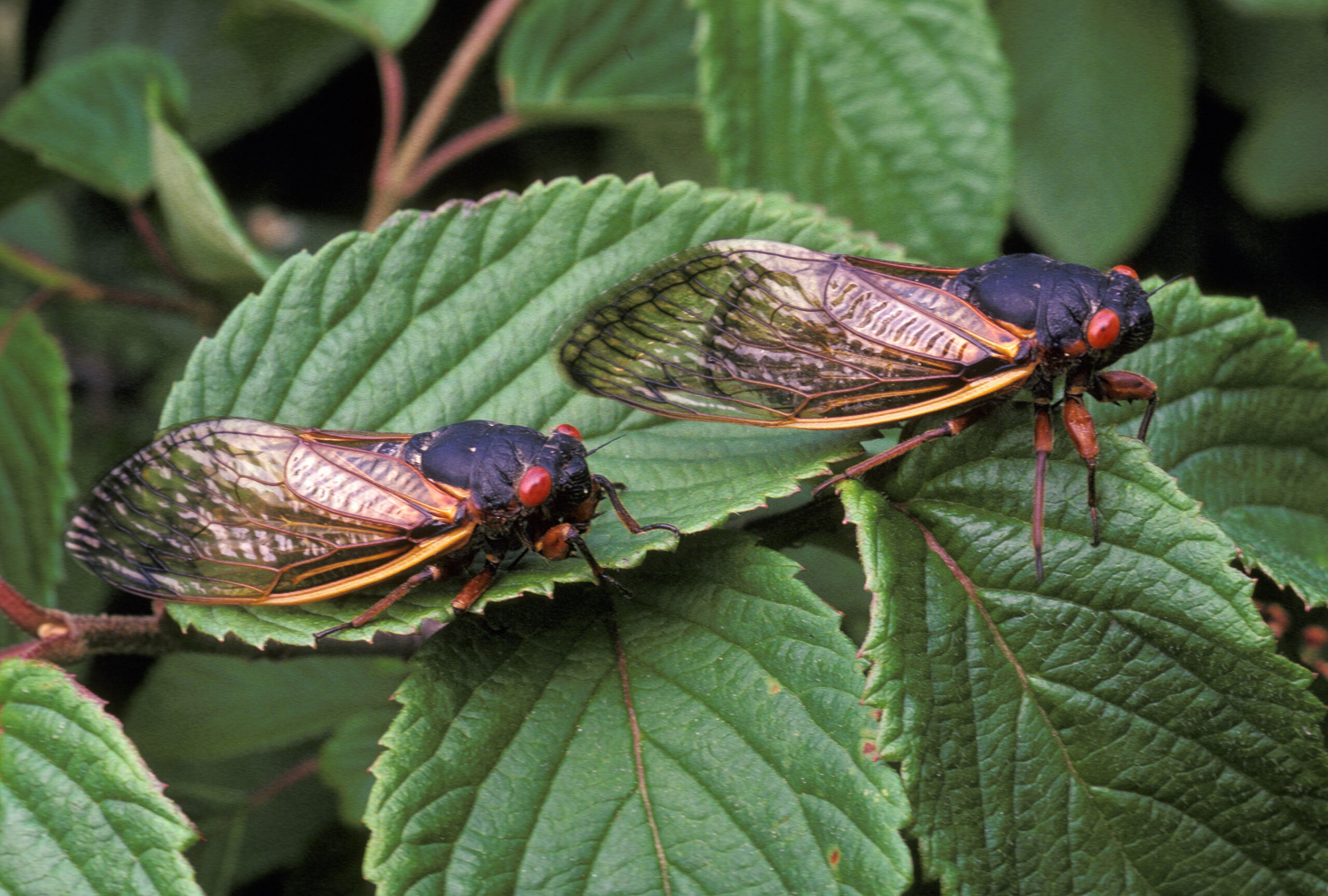
If crickets are the violins of the insect world, cicadas are definitely the brass section. These remarkable insects produce some of the loudest sounds in nature, with some species reaching volumes of up to 120 decibels – louder than a rock concert. Their sound-producing mechanism is completely different from crickets and far more complex.
Male cicadas have specialized organs called tymbals located on their abdomen. These drum-like structures contain flexible membranes that can be rapidly contracted and relaxed by powerful muscles. When the tymbal buckles inward, it creates a clicking sound, and when it snaps back, it produces another click.
The magic happens when these clicks occur in rapid succession – sometimes up to 500 times per second. The cicada’s hollow abdomen acts as a resonating chamber, amplifying these clicks into the familiar buzzing drone we hear. Different species have evolved unique tymbal structures, creating their own signature sounds that help them find mates of the same species.
Grasshoppers: The Percussion Masters
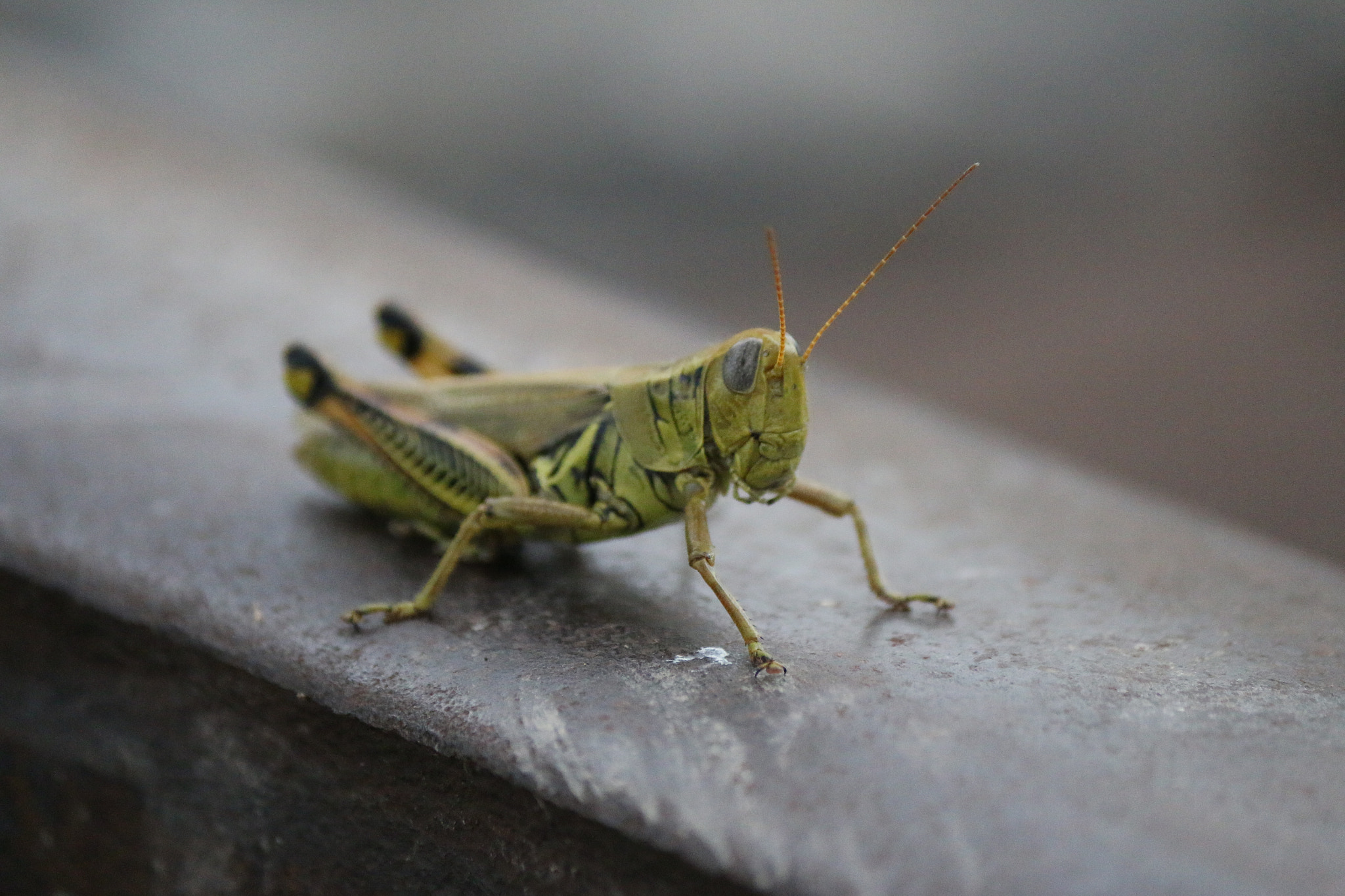
Grasshoppers bring a completely different sound to nature’s orchestra. While crickets rub their wings together and cicadas use their abdomens, grasshoppers have developed two distinct methods of making music. Some species use their wings like crickets, but many others have turned their legs into percussion instruments.
The leg-rubbing grasshoppers have rows of tiny pegs along their hind legs that they scrape against raised veins on their forewings. This creates a rasping, rattling sound that can vary dramatically depending on the speed and pressure of the movement. It’s like having a washboard and stick built right into their bodies.
Wing-singing grasshoppers produce their sounds during flight, creating a crackling or clicking noise as they snap their wings. Some species can even control the pitch and rhythm of their flight songs, turning their aerial movements into musical performances that serve both as mating calls and territorial announcements.
Katydids: The Night Shift Vocalists
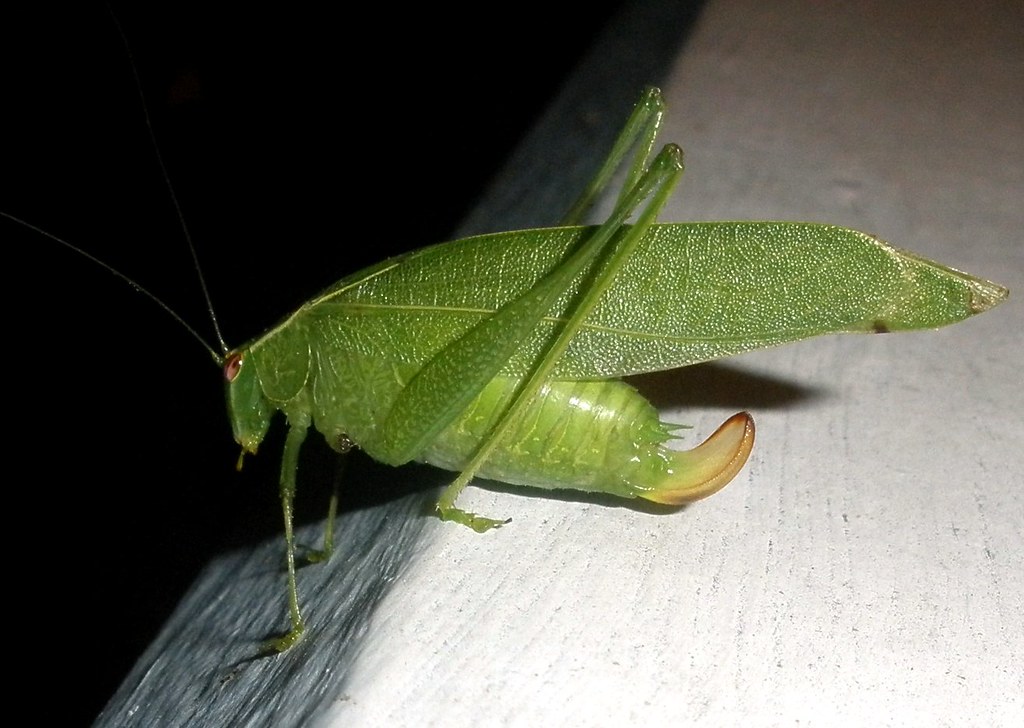
When the sun goes down and most other insects quiet their songs, katydids take center stage. These green, leaf-like insects are masters of nocturnal music, with some species producing incredibly complex and varied sounds. Their name actually comes from their call – many species seem to say “katy-did, katy-didn’t” in their rhythmic chirping.
Katydids use the same wing-rubbing technique as crickets, but they’ve refined it to an art form. Some species can produce multiple tones simultaneously, creating chord-like harmonies that sound almost otherworldly. Others have developed the ability to modulate their calls, gradually increasing or decreasing the pitch like a singer sliding between notes.
The diversity of katydid songs is staggering. Some produce sharp, metallic clicks that sound like tiny typewriters, while others create soft, musical trills that could be mistaken for bird songs. Many species have evolved to sing at specific times of night, creating a natural schedule where different performers take their turns on nature’s stage.
Bees: The Humming Harmonizers
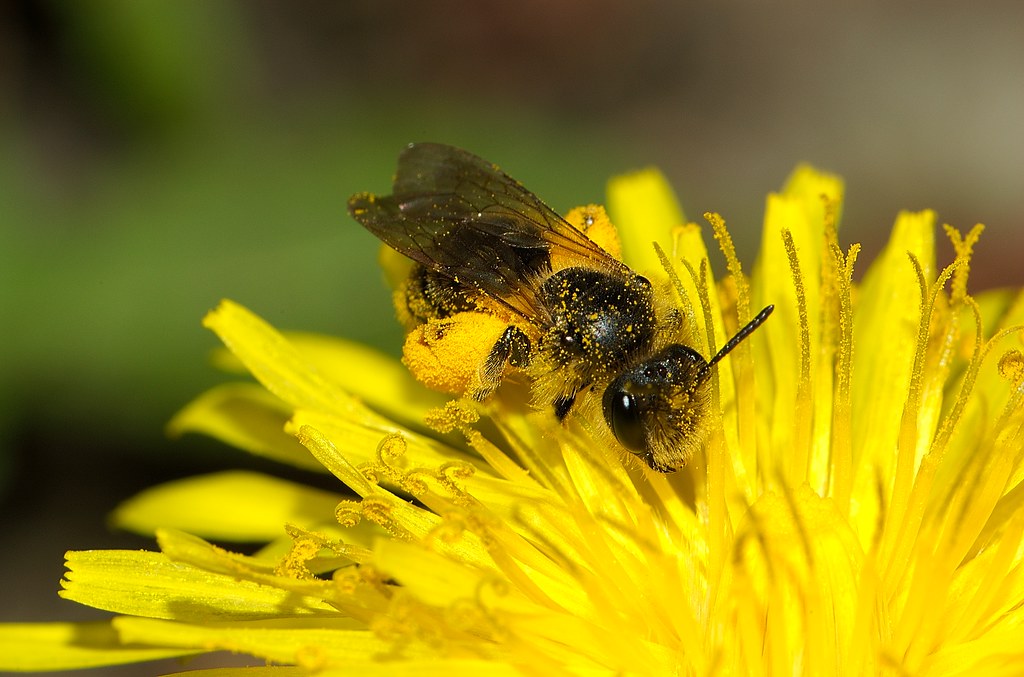
While bees might not be traditional musicians in the same sense as crickets or cicadas, they create some of the most recognizable and important sounds in the insect world. The familiar buzz of a bee isn’t just random noise – it’s a complex form of communication that serves multiple purposes within the hive and beyond.
A bee’s buzz comes from the rapid beating of its wings, which can flap up to 250 times per second. But bees can also produce sounds without flying through a process called buzz pollination or sonication. They grab onto a flower and vibrate their flight muscles without moving their wings, creating intense vibrations that shake pollen loose from the flower’s anthers.
Different bee activities produce different sounds. Worker bees returning to the hive create a distinct pitch that tells other bees about the quality of food sources they’ve found. Queen bees produce their own unique sounds, including a haunting piping call that can be heard when virgin queens are present in the hive. Even the collective hum of a busy hive changes tone and intensity based on the colony’s activities and mood.
Mosquitoes: The Annoying Aerialists
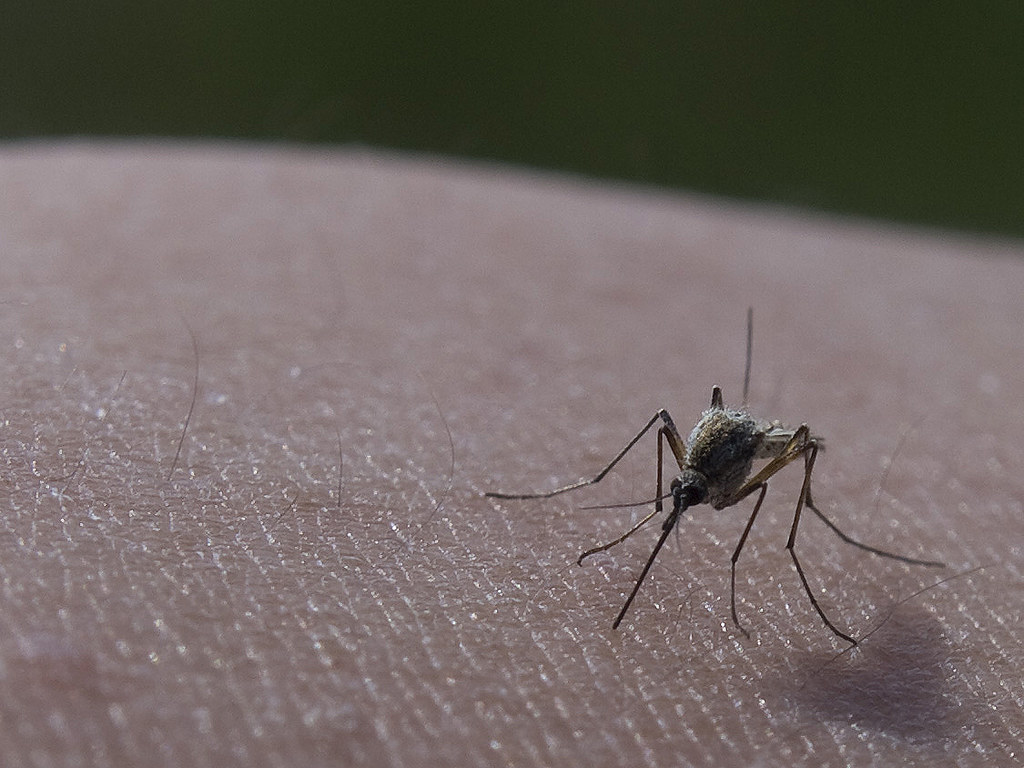
Nobody enjoys the sound of a mosquito, but these tiny insects have actually developed one of the most sophisticated acoustic communication systems in the animal kingdom. The high-pitched whine that makes us reach for bug spray is actually a complex mating song that varies between species and even individual mosquitoes.
Female mosquitoes typically produce a lower-pitched buzz than males due to their larger size and slower wing beat frequency. Males can actually hear the specific frequency of females from their own species and will adjust their own wing beat to harmonize with hers. This creates a brief duet that helps ensure successful mating between compatible partners.
The frequency of a mosquito’s buzz can tell you a lot about the insect. Larger species tend to produce lower pitches, while smaller ones create higher whines. Some species have evolved to fly silently when hunting for blood meals, only producing their characteristic sound during mating flights or when disturbed.
Beetles: The Clicking Composers
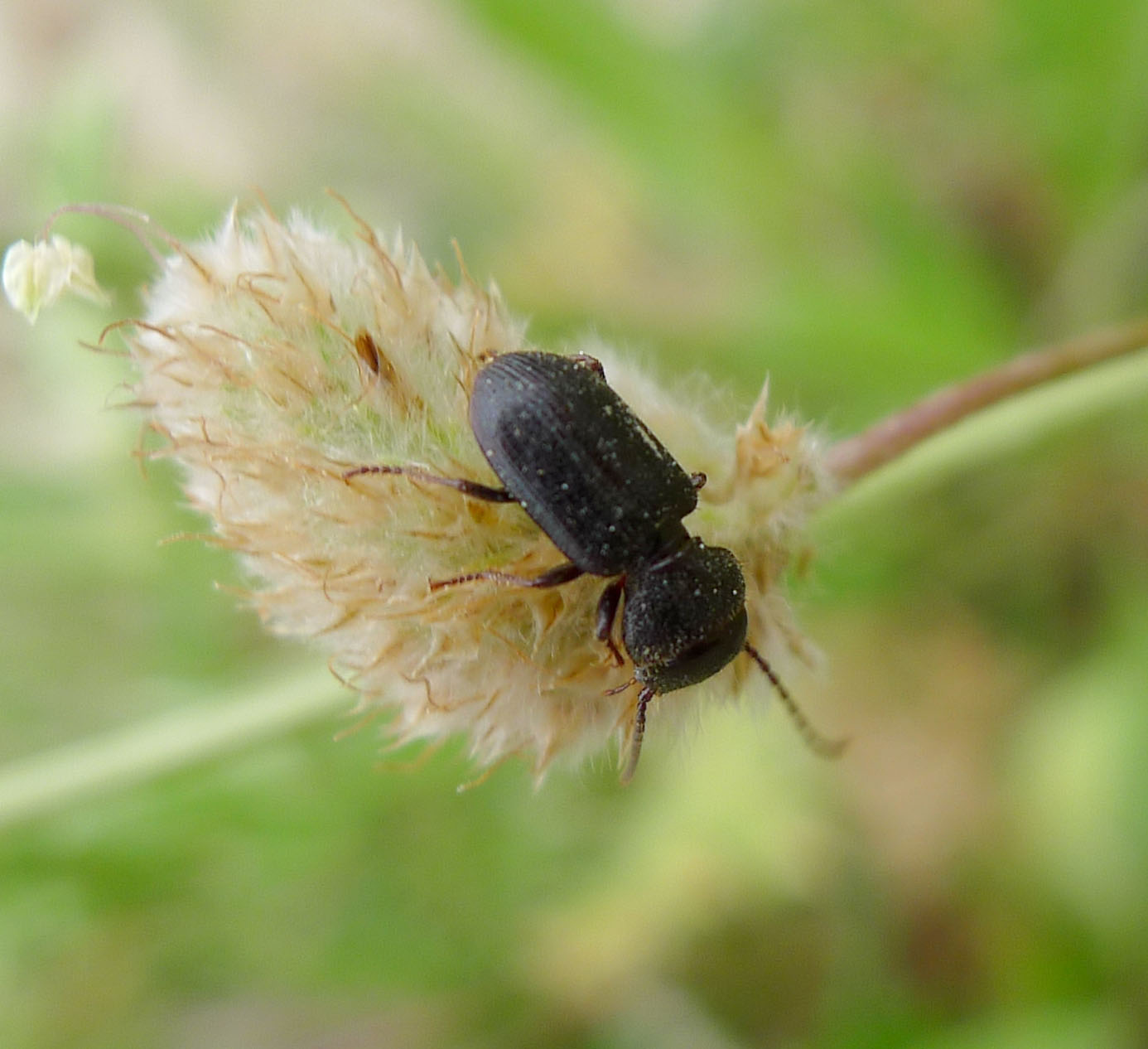
Beetles represent the largest group of animals on Earth, and many species have developed unique ways to make music. Click beetles are perhaps the most famous, earning their name from the distinctive snapping sound they make when flipping themselves upright. But this clicking isn’t just for locomotion – it’s also a form of communication.
Death watch beetles create their eerie sounds by knocking their heads against wood, producing a ticking noise that was once thought to predict death in superstitious times. Bark beetles drum against tunnel walls in their wooden homes, creating rhythmic patterns that help them communicate with mates and coordinate their destructive activities.
Some longhorn beetles produce squeaking sounds by rubbing parts of their bodies together, similar to crickets but with their own unique twist. Scarab beetles can create buzzing sounds during flight, while others produce clicking or rattling noises when threatened. The diversity of beetle music is as vast as the group itself.
Flies: The Unexpected Performers
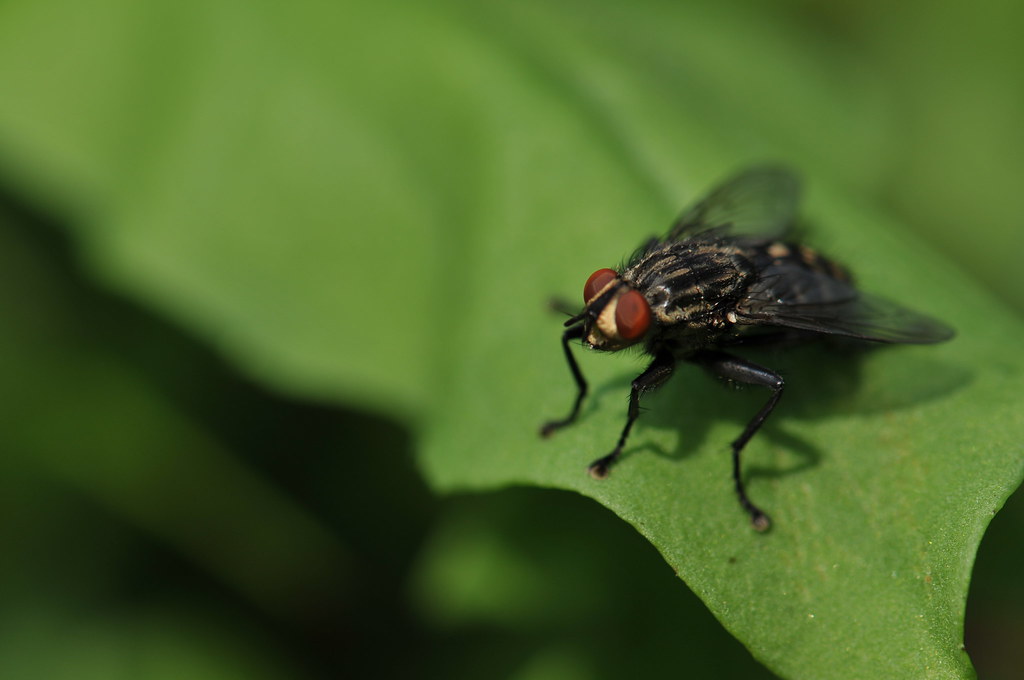
Most people think of flies as nothing more than annoying pests, but many species are accomplished musicians in their own right. House flies might seem like they just buzz randomly, but their wing beats actually create specific frequencies that serve important communication purposes.
Fruit flies, despite their tiny size, produce remarkably complex songs during courtship. Males vibrate one wing while keeping the other still, creating a series of pulses and sines that form intricate acoustic patterns. Different species have evolved distinct song structures, and females can distinguish between the songs of their own species and those of closely related flies.
Hoverflies, those beneficial insects that mimic bees and wasps, can precisely control their wing beat frequency to create different sounds. Some species can even hover silently when they need to, while others produce loud buzzing sounds that enhance their mimicry of more dangerous insects. The ability to modulate their flight sounds gives them remarkable control over their acoustic environment.
Ants: The Silent Communicators Who Aren’t Always Silent
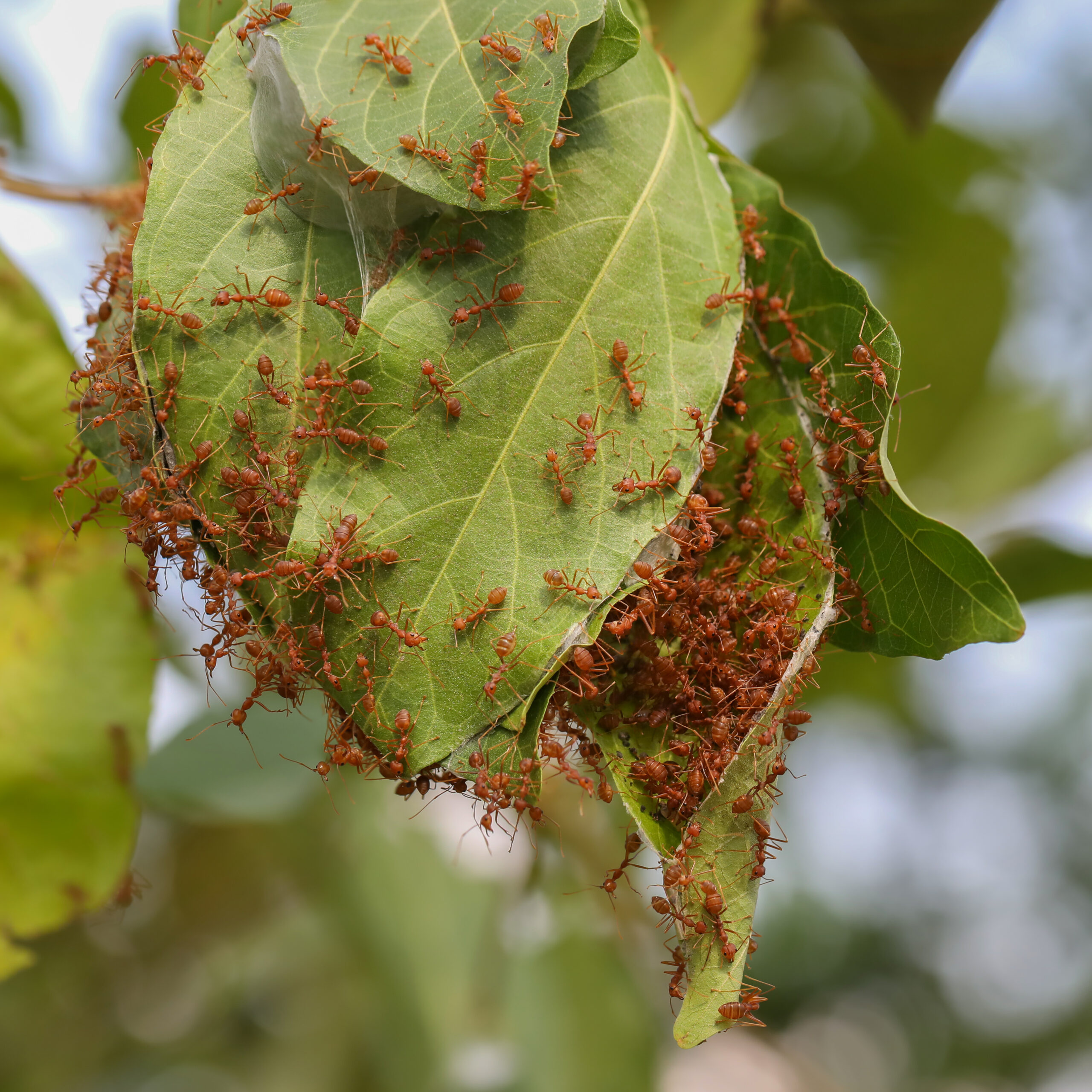
While ants are famous for their chemical communication through pheromones, many species also produce sounds that play important roles in colony life. Leaf-cutter ants create soft rustling sounds as they process vegetation, while carpenter ants produce distinct clicking noises when they’re disturbed or communicating alarm signals.
Some ant species can produce sounds by rubbing parts of their bodies together, similar to other insects but often much quieter. These sounds might not be audible to human ears without amplification, but they’re perfectly clear to other ants. The vibrations can travel through the ground or through the structures where ants live, creating a hidden acoustic world.
Fire ants produce squeaking sounds when handled or threatened, and some species use acoustic signals to coordinate group activities like foraging or nest defense. The study of ant acoustics is still revealing new discoveries about how these highly social insects use sound alongside their better-known chemical communication methods.
The Science Behind Insect Music
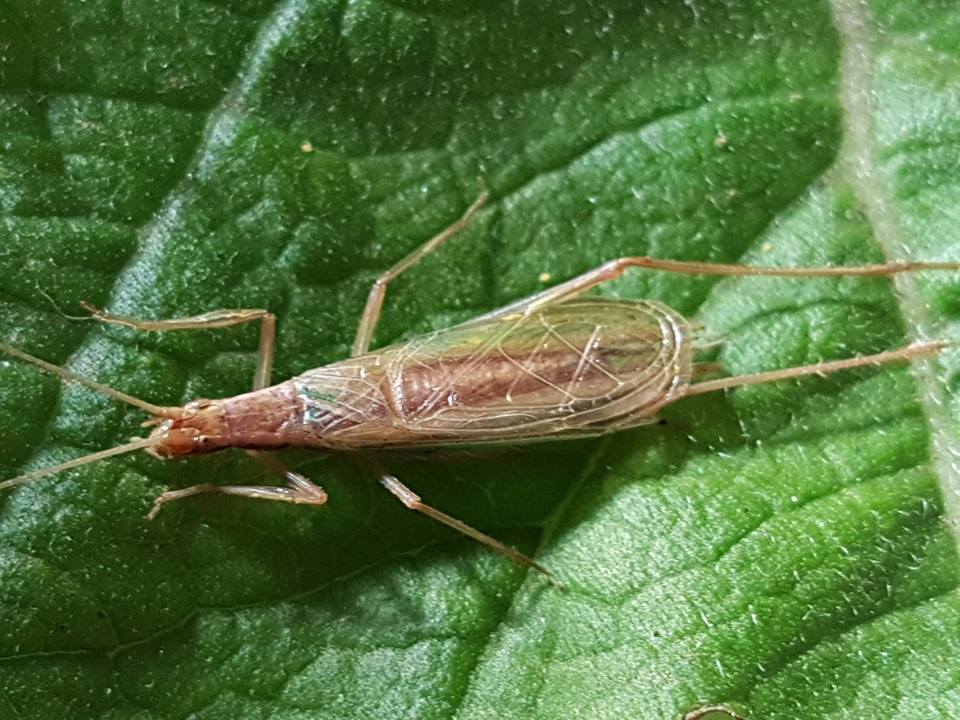
Understanding how insects produce sounds requires looking at the physics of their tiny instruments. Most insect sounds fall into frequency ranges that are perfectly suited to their size and the medium through which they’re communicating. Air-borne sounds work well for long-distance communication, while vibrations through solid surfaces are ideal for close-range interactions.
The frequency of an insect’s sound is determined by the size and structure of their sound-producing organs. Smaller insects generally produce higher frequencies, while larger ones create lower tones. This relationship between size and frequency is similar to musical instruments – a small violin produces higher notes than a large bass.
Resonance plays a crucial role in amplifying insect sounds. Many insects have evolved body structures that act as natural amplifiers, similar to the sound box of a guitar or the horn of a trumpet. Wings, air sacs, and even hollow body segments can all serve as resonating chambers that make quiet sounds much louder.
Why Insects Make Music
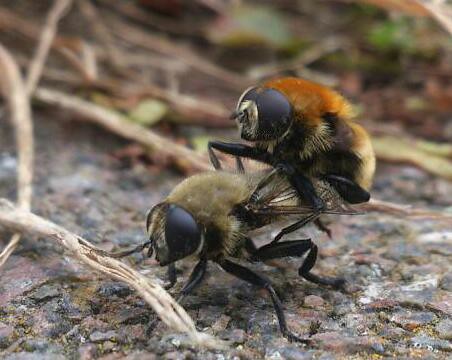
The primary reason most insects produce sounds is communication, particularly for finding mates. In the vast world of tiny creatures, sound can travel much farther than visual signals and doesn’t require the energy investment of chemical signals. A cricket’s chirp can attract females from considerable distances, while a cicada’s call can be heard for miles.
Territory defense is another major reason for insect music. Many species use their songs to establish and maintain territory boundaries, warning other males to stay away from prime feeding or nesting sites. The intensity and persistence of these territorial songs often correlate with the quality of the territory being defended.
Some insects use sounds for coordination within groups. Honeybees perform their famous waggle dance accompanied by specific buzzing patterns that convey information about food sources. Termites and ants use acoustic signals to coordinate group activities and respond to threats. These social sounds help maintain the complex organization that makes insect societies so successful.
The Hidden World of Insect Acoustics

Many insect sounds occur at frequencies beyond human hearing, creating an entire acoustic world that exists alongside our own. Ultrasonic communication is particularly common among moths, beetles, and other nocturnal insects. These high-frequency sounds travel well in the dark and help insects avoid predators like bats that hunt using echolocation.
Infrasonic sounds – frequencies below human hearing – are also used by some larger insects. These low-frequency vibrations can travel through the ground over long distances, allowing insects to communicate across larger areas than would be possible with airborne sounds. Termites and ants are particularly adept at using these substrate-borne vibrations.
The timing of insect songs is often precisely coordinated with environmental conditions. Temperature, humidity, and even barometric pressure can all influence when and how insects produce sounds. Some species have evolved to sing only during specific weather conditions or at particular times of day, creating natural schedules that help reduce competition and interference between different singers.
Threats to Nature’s Orchestra

Human activities are increasingly disrupting the natural soundscapes where insects perform their ancient songs. Light pollution affects nocturnal singers, while noise pollution from traffic, construction, and other sources can mask important acoustic signals. Climate change is altering the timing and intensity of insect songs, potentially disrupting mating cycles and ecological relationships.
Habitat destruction removes the stages where these performances take place. Urbanization replaces diverse natural soundscapes with monotonous human-generated noise, while agricultural intensification reduces the variety of insects that contribute to rural acoustic environments. The loss of these natural sound communities represents a form of cultural heritage that’s disappearing along with the insects themselves.
Pesticides and other chemicals don’t just kill insects directly – they can also affect their ability to produce and hear sounds. Even sublethal exposure to certain compounds can impair the delicate mechanisms that insects use to create their music, potentially disrupting communication and reproduction even when the insects survive the initial exposure.
Conclusion
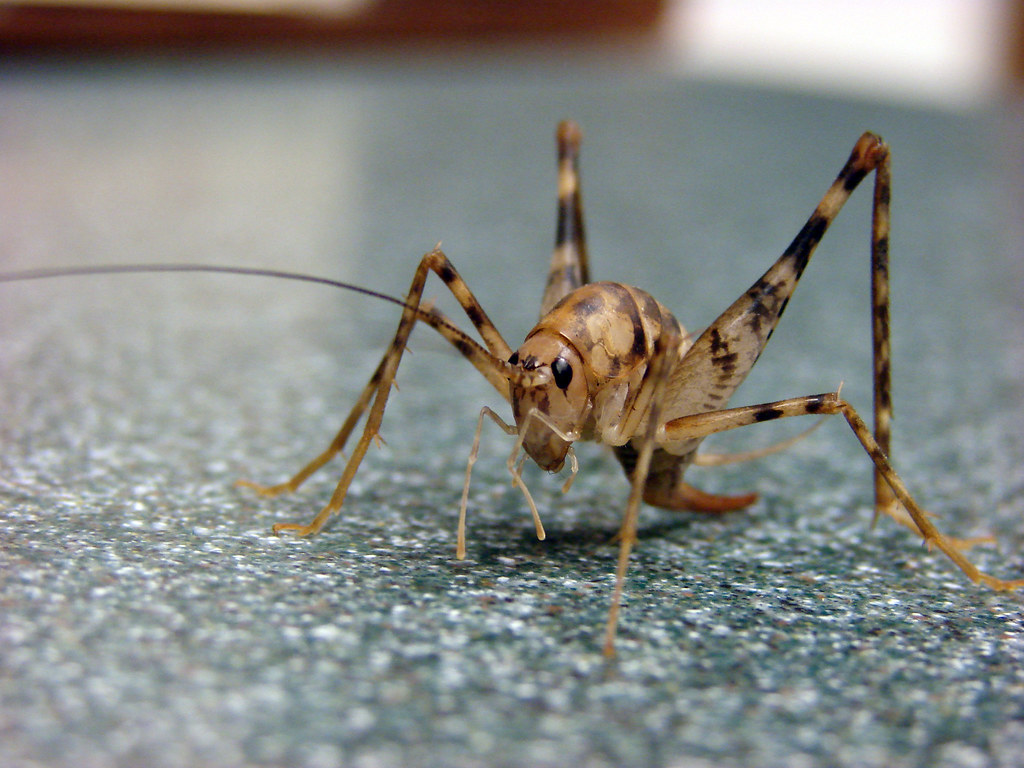
The concerts are ending before we even realize they’ve begun. Next time you hear a cricket chirping or a bee buzzing, take a moment to appreciate the incredible complexity of these tiny performances. These insect musicians have been perfecting their craft for millions of years, creating symphonies that connect us to the natural world in ways we’re only beginning to understand. How many of these natural concerts have you been missing by simply not listening?

